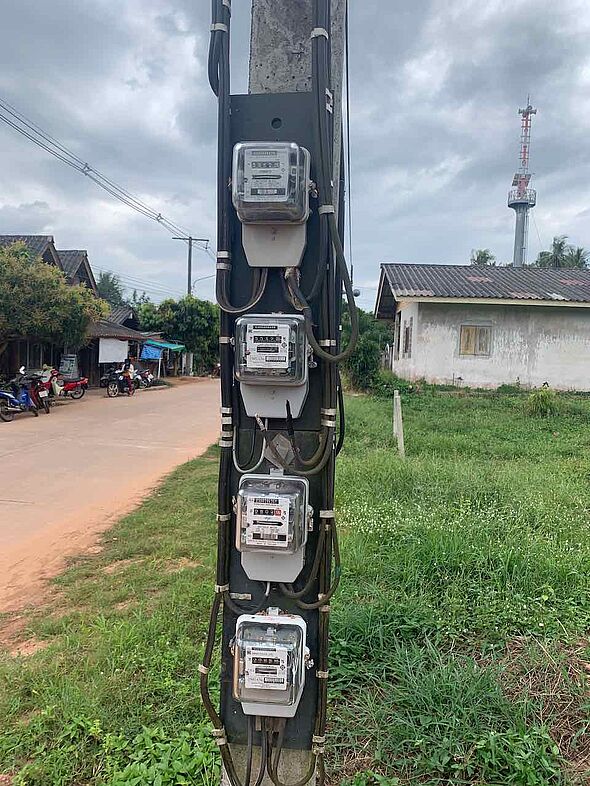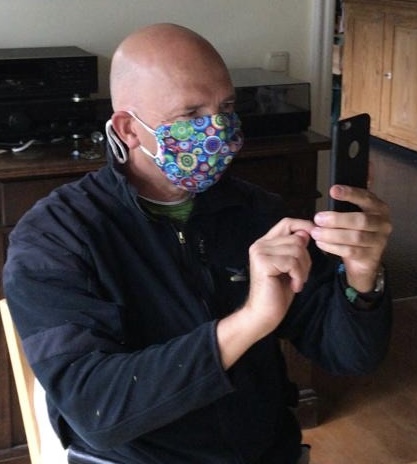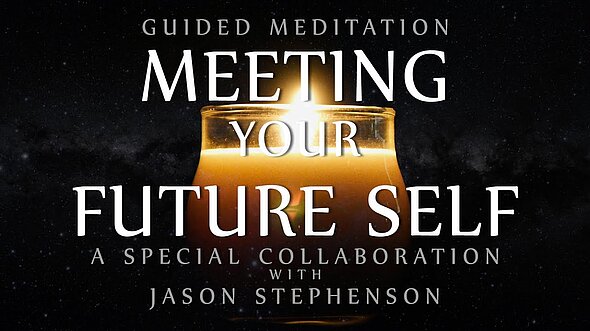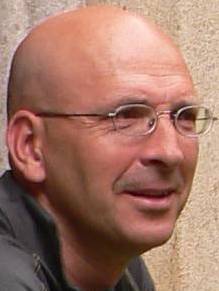MY SELF-DEVELOPMENT PROJECT
The clients of Egon Molineus conduct the therapy and coaching in everyday life, at home, in private life and in professional life, and receive intelligent help for self-help in the practice sessions.
For this purpose, I have defined two structures based on learning psychology, which give my clients the opportunity to continue working autonomously on our sessions and the entire time between sessions optimally in a change apparatus and to maximize the profit from this investment by means of their own reflection capacity, creativity and engagement.
These structured foundations are called:
1.- The written reflection of the session. This takes place in minutes 50 to 60 of the session next to my practices and triggers the immediate execution of the task to achieve a small goal.
2.- The self-development process. This takes place between the end of the session and the next session and beyond and realizes a self-modification, the foundation of a better life.
SELF-MODIFICATION PROJECT
Self-development project SEP is the foundation of our therapy and coaching process. It is the cockpit of your journey here. It is the command center of your entire therapy and coaching experience. It is your planning and monitoring chamber. It is the vehicle in which you make your decisions and modify them procedurally. That is why it is a self-modification process.
It is the transformative mind map in which you survey and shape your work. It is your private and most beloved workshop in which you model your own person and shape yourself more beautifully, fitter, healthier, happier, more successful, more humane, more flexible, more complete. It is your own workplace where you become most intensively creative, active, diligent and productive. It is the seed of your dream, your self-realization, self-development, self-discovery, self-love.
It is a place where you refine and expand every day, every week, every month, for years, while Egon accompanies you on this healing and growth journey. You practice in this workshop until you are confident through working with Egon Molineus that you have passed your journeyman's examination and can continue your project without Egon and his groups. You practice persistently, continuously, reflectively, intelligently, with butterflies in your stomach, with sweat and muscle soreness, and make repeated efforts to do it better every day.
You practice within your self-development project all alone! And you ask Egon and his group specifically for support in the individual and group sessions when you don't know how to proceed at a concrete point, when something doesn't work for you or when nothing effective comes to mind. Then you bring your question to the session so that Egon can give you assistance or an instrument at exactly this Gordian knot with which you can go back to your workshop alone to continue working, climbing, deepening, building, researching, expanding and growing.
It is clearly not a hospital ward where you are treated. It is not a feeding stall where you are nourished. In your self-development process in your workshop, you are the one who actively operates and uses all the instruments. You are there self-responsible for your investment. You are self-determining.
HELP FOR SELF-HELP
And after several intensive, independent working days in your workshop, you go back to the practice to Egon to receive concrete, considered, targeted, change-oriented and problem-solving-oriented support. With Egon you then receive the next help for self-help. And then you immediately go back to your operations center to continue planning in writing and visually, enter further actions in the calendar, attend further meetings with other people, dare further confrontations, conduct further conversations, enter into further investments, design further maps, draw further decision trees, fill out further protocols, enter further reminders in your phone, continue further training, establish further nutrition plans, book and execute further activities, create new monitoring systems and check them daily, buy, craft and use new instruments ever more effectively, dispose of old stuff, push away unnecessary and harmful parts, set up optimal spaces, finally leave toxic companions behind, envision and pursue optimal dreams, write plain text, verbalize guiding words, hang up vivid pictures and posters, decorate anew and better, visualize the further plan optically, acoustically, olfactorily and haptically.
You work every day in this program so that you succeed in really making progress. Everything that materially belongs to this program is called here SELF-DEVELOPMENT PROJECT SEP.
INSTRUMENTS FOR SELF-MODIFICATION
Some beginners think that the self-development project SEP would be a diary. However, a diary is not at all sufficient for the self-development process, as you can understand in view of this description. Some beginners believe that the SEP would be a workbook. However, this concept is very limited. As you can understand from this text, the dimensions, instruments and possibilities of the self-development process or the workshop are in reality unlimited.
Every medium, every structure belongs to the SEP! We speak of space as room, place or location. We speak of time as clock time, duration or frequency. We speak of millions of utensils such as mobile phone, laptop, computer systems, AI systems, software programs, telephone systems and services, mail, magazines, emails, paper, flipcharts, mind maps, bulletin boards, posters, maps, paintings, photos, social networks, lighting, furniture, TV and radio programs, files, books, scent instruments, habits, breathing exercises, breathwork exercises, zazen, programs, trainings, social networks and institutions, films, podcasts, apps, clothing items, bracelets, amulets, music, sounds, songs, hymns, membership in clubs and groups, pair formations, teams, prayers, mantras, sound processing strategies, body exercises, katas, worship services, ceremonies, rituals, mental exercises and practices, visualizations, sports and gymnastics exercises, combat exercises, dojos, churches, chapels, voodoo, meditation rooms and meditation exercises, altars, temples, punching bags, future projections, self-hypnotic strategies, hypnosis files, music files, headphones, isolation chamber, sanctuary, tatami, drawing pad, timer, binaural beats, figures, dolls, fetishes, statues, training equipment, musical instruments, special clothing items, facilities for stimulus stimulation, facilities for sleep hygiene, imagination exercises, belief enhancers, reinforcing objects and companions, self-reinforcements and praise, peer groups, associations, self-help group sessions, diagrams, tables, inspiring texts and guiding words, lists of progress, success balances, food as reinforcer, money as reinforcer, tokens, totems, trophies, prizes and rewards.
STRUCTURE
Good example for structuring work in the SEP:
- Goal setting and Vision (Navigation instruments): • Clear definition of long-term goals for personal growth and development. • Visualization of an inspiring vision for the future that serves as a guiding star. • Development of decision trees and decision processes to achieve goals and overcome obstacles.
- Planning and Organization (Planning instruments): • Use of calendars, protocols and reminders to structure daily routine and manage time and resources. • Creation of detailed action plans that include individual steps to achieve the goals. • Organization of space and environment to create a productive and inspiring work atmosphere.
- Communication and Exchange (Communication instruments): • Active participation in personal meetings, phone calls and digital communication channels to exchange with others and receive support. • Use of clear and concise plain texts and guiding words to communicate needs, goals and expectations. • Building a supportive network of like-minded people to share experiences and provide mutual support.
- Creative forms of expression and Visualization (Creative instruments): • Use of various creative techniques such as painting, designing and visualizing to manifest goals and dreams. • Creation of visual representations such as maps, posters and vision boards to stimulate imagination and sharpen focus. • Experimenting with new creative forms of expression to gain new perspectives and promote one's own creativity.
- Health-promoting measures and self-care (Health instruments): • Establishment of nutrition plans and training routines to promote physical health and well-being. • Integration of relaxation techniques such as meditation and mindfulness exercises to reduce stress and strengthen mental health. • Creation of a holistic approach to self-care that considers physical, mental and emotional aspects.
- Reflection and Adaptation (Monitoring instruments): • Regular reflection on one's own progress and achieved milestones. • Review and adjustment of goals and action plans based on gained insights. • Use of diagrams, tables and other instruments to monitor progress and identify improvement potential. By carefully integrating all these parameters and including them in the self-development process, a holistic and effective approach can be ensured that makes it possible to achieve personal goals and promote continuous further development.
REFLECT

|
Another good example:
- Daily goal setting and planning: The first moments of the day are used for setting goals and planning the next steps. Instruments like calendars, decision trees and protocols help to structure thoughts and prepare the day.
- Active use of instruments: During the day, mobile phone and laptop are always within reach to coordinate activities and record important reminders. Thoughts and insights are regularly documented to track progress.
- Communication and exchange: Personal meetings, phone calls and digital communication means are used to stay connected and exchange ideas. Clear communication occurs through visual representations and guiding words to clarify goals.
- Creative forms of expression and visualization: In a personal workshop, creative works such as maps, posters and vision boards are created that illustrate dreams and goals. Painting and designing serve to stimulate imagination and develop new perspectives.
- Health-promoting measures and self-care: Through targeted movement and healthy nutrition, physical well-being is maintained. Relaxation techniques such as meditation find their place to promote mental health.
- Reflection and adaptation: At the end of the day, time is taken for thorough reflection to evaluate progress and plan the next step. Diagrams and texts serve as tools to review and adapt one's own plan. By subtly integrating these methods into everyday life, the person can continuously advance their self-development without feeling restricted by explicit time and action instructions.
VISIONS
And here another example: For beginners it is important to have clear and structured guidance to successfully implement the self-development project (SEP). Here are steps for a didactic classification:
- Set goals and develop vision: Start by setting clear goals for your self-development project and developing a vision of who you want to be and what changes you want to achieve.
- Get to know and select instruments: Familiarize yourself with the various instruments and resources available to you to support your self-development project. This can be done through research, consultation and experimenting.
- Planning and organization: Create a plan for your self-development project that includes the various phases, goals and activities. Use instruments such as calendars, protocols and decision trees to effectively organize your time and resources.
- Implementation and reflection: Put your plan into action and carry out the planned activities. Meanwhile, regularly reflect on your progress, challenges and experiences and adapt your plan if necessary.
- Communication and support: Actively seek support and exchange with others, whether through personal meetings, social networks or self-help groups. Use instruments such as plain texts and guiding words to clearly communicate your needs and goals.
- Continuous learning and adapting: Stay open to new ideas and approaches, and be ready to review and adapt your strategies and instruments when necessary. The self-development process is a continuous learning and growth process. By following these steps and strategically using the various instruments and resources, you can successfully implement your self-development project and achieve your personal goals.
EXPERIMENTING: progressive instrumentation
And another important reflection: The progressive instrumentation in the entire mental cockpit of the self-development project (SEP) can be understood as a continuous process of integration and adaptation of tools and resources to support personal growth and development. Here are some aspects of progressive instrumentation:
- Evolutionary tool selection: The selection of instruments and resources is not static, but develops continuously with the needs and goals of the individual. New tools are introduced while others may be adapted or exchanged to meet changing requirements.
- Continuous adaptation to progress: The instrumentation adapts to individual progress and changing conditions. When certain tools are no longer effective or new challenges arise, adjustments are made to support the process of self-development.
- Integration of different dimensions: The instrumentation encompasses different dimensions such as time, space, technology, communication and health. Through the integration of these different elements, a comprehensive and holistic cockpit emerges that considers all aspects of the self-development process.
- Experimenting and learning: Progressive instrumentation enables trying out new tools and approaches and learning from them. Through experiments and experiences, individual preferences and effective strategies are identified and further developed.
- Focus on continuous improvement: The emphasis is on continuously improving and optimizing the self-development process. This can be achieved through regular reflection, feedback and adaptation of the instrumentation to promote personal growth and development. Overall, progressive instrumentation in the mental cockpit of the SEP supports a dynamic and adaptive approach to self-development that continuously evolves and is adapted to individual needs and goals.
Self-monitoring
Heart and core of the SEP is the MONITORING (self-monitoring) of the work: Monitoring instruments for self-development processes can help track personal progress, set goals and promote continuous improvement. Here is a list of such instruments:
- Diary or journal: Regular writing about thoughts, experiences and progress.
- Goal-setting tools: Apps like Trello, Asana or traditional goal-setting plans that help define and track clear, measurable goals.
- Feedback systems: Regular solicitation of feedback from mentors, colleagues or friends.
- Self-assessment sheets: Questionnaires or checklists for self-evaluation of certain skills or behaviors.
- Tracking apps: Apps like Habitica, Strides or Coach.me for tracking habits and daily activities.
- Mentoring programs: Regular meetings with a mentor to discuss progress and review goals.
- Course and continuing education portals: Use of platforms like Coursera, Udemy or LinkedIn Learning to learn new skills and measure progress.
- Time management tools: Use of calendar and planning apps like Google Calendar or Todoist to structure daily routines and ensure goal achievement.
- Reflection sessions: Regular time slots for personal reflection on achieved goals and upcoming challenges.
- Self-observation techniques: Methods like meditation or mindfulness exercises for self-observation and improvement of emotional intelligence.
- Competency assessment tests: Online tests and assessments for evaluating specific competencies and their development.
- Online forums and communities: Participation in topic-related forums or groups for exchange and support. These instruments help pursue a structured and reflective approach to self-development and continuously monitor one's own progress.
EXECUTIVE FUNCTIONS
Within our intelligence we have instruments that enable our self-modification project: Executive functions are cognitive processes that are responsible for the control and steering of behavior and thinking. In the psychology of personality they refer to abilities such as:
- Working memory: The ability to store and manipulate information short-term.
- Cognitive flexibility: The ability to switch between different tasks or ways of thinking.
- Inhibition: The ability to suppress impulsive reactions and control inappropriate behavior.
- Planning and organization include the ability to set goals, develop strategies and structure tasks. This is essential for the management of time and resources.
- Problem-solving requires recognizing a problem, developing possible solutions and evaluating these solutions. It is a critical process for analytical thinking and coping with challenges.
- Attention control includes the ability to focus on relevant information and filter out distractions. This is crucial for efficiency and effectiveness in carrying out tasks.
- Decision-making. Decision-making is the process in which different options are evaluated and a choice is made. This often requires weighing pros and cons as well as considering short- and long-term consequences.
- Emotional regulation is the ability to control and adjust emotions in order to respond appropriately to situations. This includes the management of stress, frustration and other emotional states.
- Self-assessment and self-monitoring These abilities include awareness of one's own behavior and its consequences. They help us reflect on and adjust our behavior in order to achieve our goals. We want to exercise these instruments within ourselves daily so that you make something valuable out of your life!













